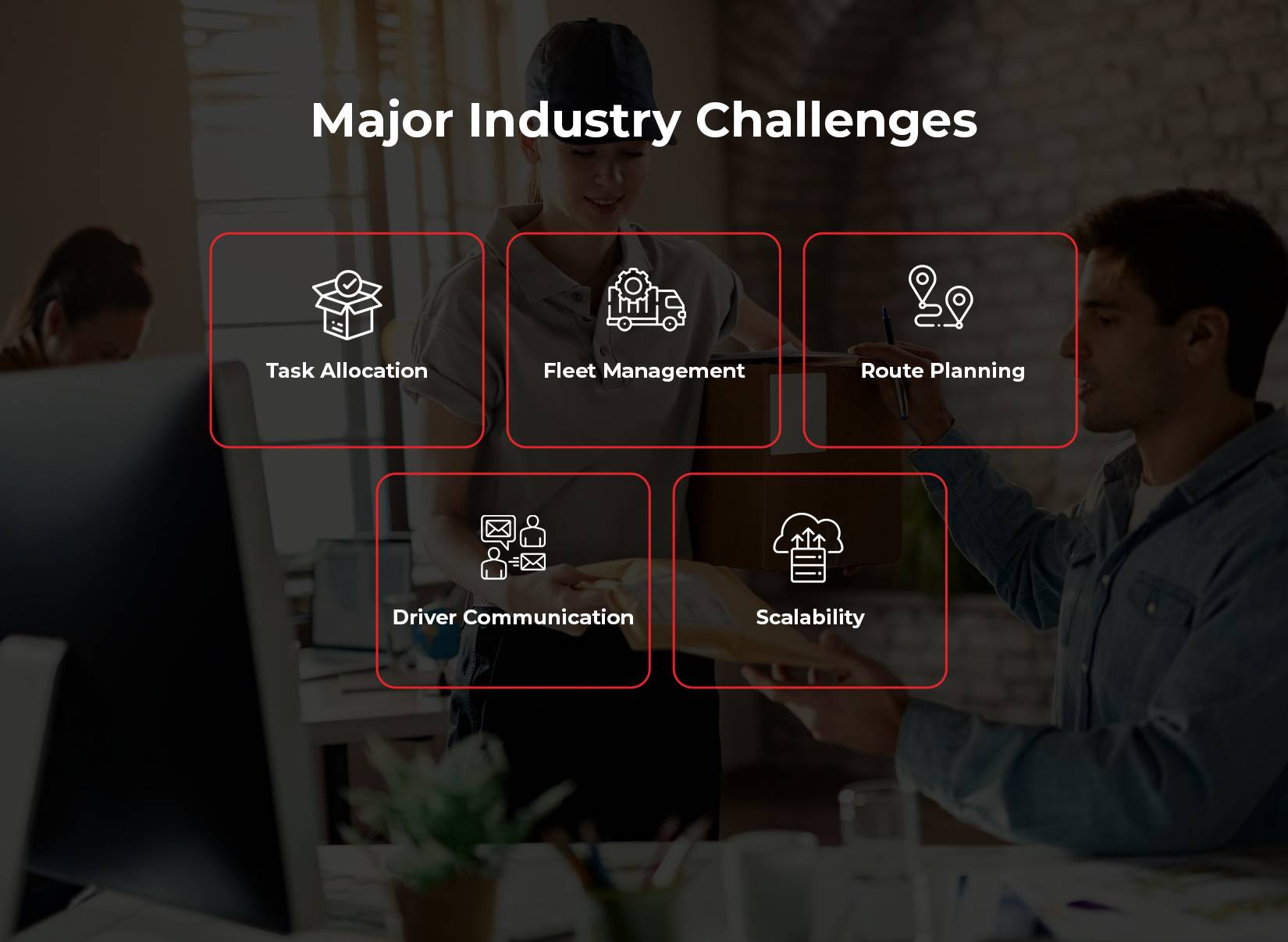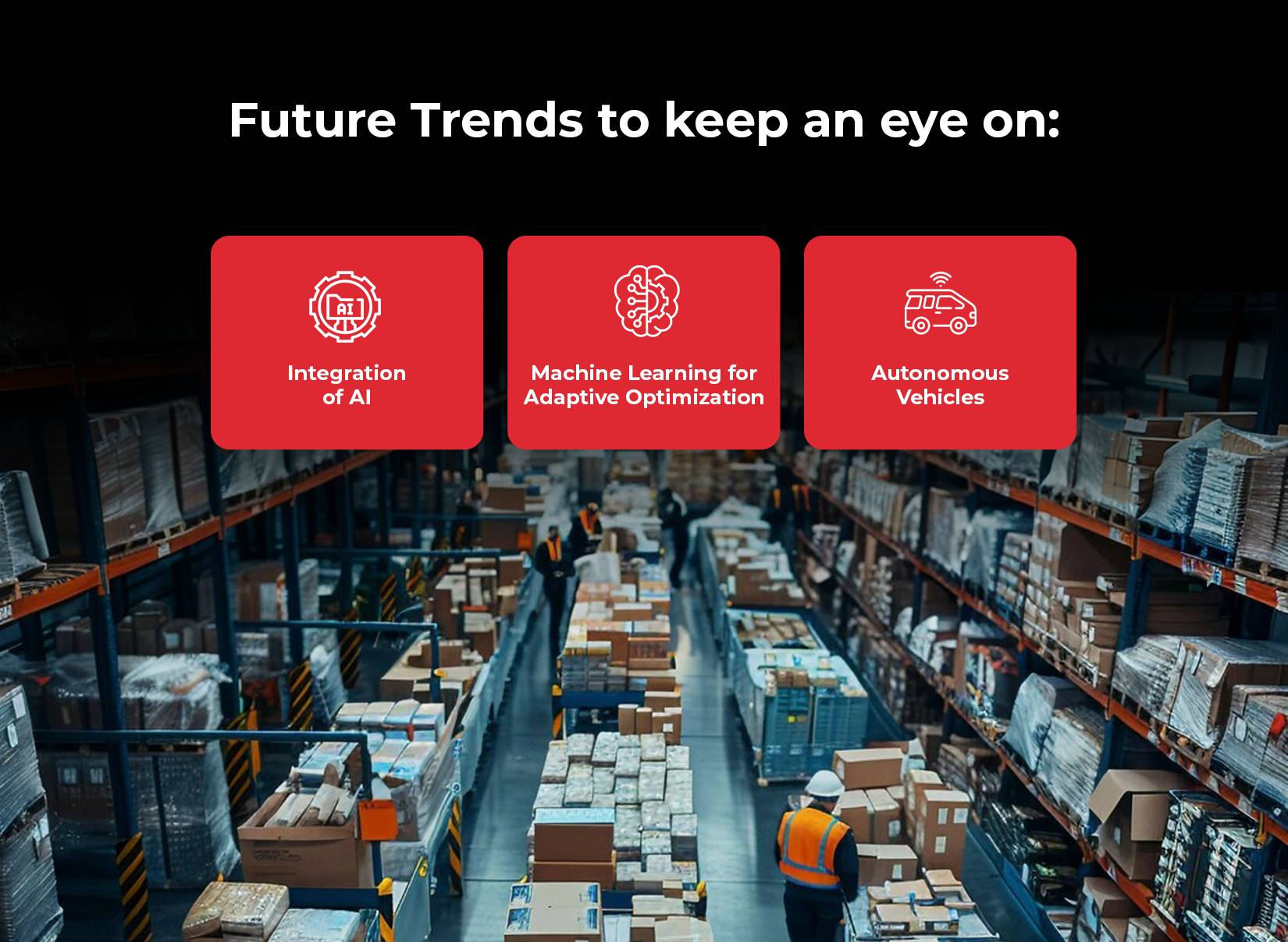
5 Major Challenges LogiNext Dispatch Scheduling Software Solves
In the fast-paced world of logistics and transportation, dispatch scheduling is a critical component that directly influences operational efficiency. With a myriad of challenges in fleet management, manual dispatch scheduling often becomes cumbersome, error-prone, and inefficient. This is where advanced solutions like LogiNext’s dispatch scheduling software come into play, transforming operations with automation, precision, and real-time updates.
In this blog, we will cover the major challenges companies face and how LogiNext’s dispatch scheduling software solves them. Along with this we will also cover on the software’s global impact and major trends that defines its future.
What is Dispatch Scheduling Software?
Before getting into the challenges, we need to understand what the software is. A dispatch scheduling solution is a tool designed to automate and optimize the assignment of tasks, vehicles, or personnel for delivery or service operations. It helps businesses streamline dispatching by considering factors such as location, route efficiency, vehicle capacity, and delivery deadlines.
This software enhances operational efficiency by minimizing delays, reducing fuel consumption, and improving resource utilization. Industries like logistics, transportation, and field services use dispatch scheduling software to improve productivity, ensure timely deliveries, and reduce operational costs through smarter, data-driven scheduling decisions.
Global Impact of Dispatch Scheduling Software
The global dispatch scheduling software market, currently valued at approximately $5.6 billion in 2023, is poised for significant expansion. By 2032, its value is expected to reach about $9.1 billion, with a CAGR of 6.1%. The cloud-based segment led in 2023, capturing 65% market share, driven by its flexibility and scalability. North America holds the largest regional share, accounting for 33% of the market in 2023, driven by a strong e-commerce infrastructure and advanced logistics capabilities.
In terms of organizational size, small and medium-sized enterprises (SMEs) are experiencing the fastest growth, with a CAGR exceeding 12% from 2024 to 2032. This growth is fueled by SMEs’ increasing reliance on affordable, cloud-based scheduling solutions. The market’s steady growth reflects increasing reliance on dispatch scheduling software to streamline logistics and enhance efficiency.
Factors Driving the Growth
1. Adoption of Cloud-Based Solutions:
Cloud deployment is increasingly favored due to its scalability, flexibility, and cost-effectiveness. Cloud-based dispatch scheduling software allows businesses to access real-time data and seamlessly integrate with other supply chain systems, minimizing the need for extensive on-premises infrastructure.
2. IoT Integration:
The Internet of Things (IoT) enables real-time tracking of vehicles, assets, and inventory, making it easier to manage dispatch schedules more accurately. This trend is helping companies to respond more effectively to changing conditions, such as traffic or weather disruptions.
3. Demand from Emerging Markets:
Countries like China are experiencing rapid growth in the adoption of dispatch scheduling software, driven by the rise of e-commerce and manufacturing activities. Initiatives like the Belt and Road Initiative are further boosting the demand for efficient logistics management.
The expansion of this market is also influenced by a growing emphasis on regulatory compliance and environmental sustainability, with companies adopting software that supports their compliance and carbon footprint reduction goals.
Major Industry Challenges

1. Task Allocation:
Efficient task allocation is critical yet challenging. Poor task management can increase operational costs by 15-20%. A 2023 survey found that 45% of logistics firms struggle with dynamic task assignment due to fluctuating orders and last-minute changes. Automation is key to overcoming this issue by optimizing task prioritization and resource allocation.
2. Fleet Management:
Fleet management becomes more complex as businesses grow. A 2022 industry report revealed that 40% of logistics companies face issues tracking fleet performance and maintenance, leading to costly downtime and delays. Real-time visibility and predictive analytics can help mitigate these risks and improve fleet efficiency.
3. Route Planning:
Poor route planning can increase fuel costs by up to 30%. According to a McKinsey study, inefficient routing contributes to 25% of delivery delays, negatively impacting customer satisfaction. Advanced software with AI-driven route optimization reduces travel time, lowers fuel usage, and ensures timely deliveries.
4. Driver Communication:
Clear communication with drivers is often overlooked, yet 38% of logistics firms cite it as a significant issue. Miscommunication can lead to missed deadlines and rerouting. Real-time updates and GPS integration can improve driver coordination and prevent errors in the field.
5. Scalability:
Scalability remains a major challenge for logistics firms, with 33% reporting difficulties expanding their dispatch systems as demand grows. Cloud-based solutions offer a scalable framework, allowing companies to adjust operations based on real-time demand without sacrificing efficiency.
How LogiNext Solves these Challenges

LogiNext offers a comprehensive solution to key challenges in the dispatch scheduling software industry through cutting-edge automation and optimization technologies.
1. Automating Task Allocation:
Manual task allocation is time-consuming and prone to human error. LogiNext’s automation streamlines this process by using AI-driven algorithms to assign tasks based on parameters like vehicle capacity, driver location, and delivery priority. This reduces allocation time by up to 40%, ensuring tasks are handled efficiently without bottlenecks.
2. Fleet Management with Real-Time Updates:
Keeping track of a fleet in real-time is crucial for optimizing dispatch operations. LogiNext’s platform integrates with GPS and IoT devices, providing real-time updates on vehicle location, traffic conditions, and delivery status. This results in up to 25% improved fleet utilization and a 20% reduction in fuel consumption through timely interventions and rerouting.
3. Optimizing Route Planning:
Inefficient routes can cost businesses time and money. LogiNext’s advanced route planning software uses predictive analytics to identify the most efficient routes based on traffic patterns, road conditions, and delivery windows. This results in a 15-20% reduction in overall delivery time and up to 30% lower fuel costs, directly addressing one of the major cost concerns in logistics.
4. Improving Driver Communication:
Timely and clear communication between drivers and dispatchers is essential for smooth operations. LogiNext enhances this through its driver app, which provides real-time updates and allows two-way communication. This reduces idle time for drivers by up to 15% and improves overall delivery accuracy by ensuring quick responses to any issues on the road.
5. Cloud-Based Scalability:
Traditional dispatch scheduling systems often struggle to scale, particularly during peak seasons. LogiNext’s cloud-based solution ensures seamless scalability, allowing businesses to handle increased order volumes without sacrificing efficiency. The cloud infrastructure supports 99.9% uptime, ensuring uninterrupted operations while reducing the total cost of ownership by eliminating the need for expensive on-premise systems.
By addressing these key challenges, LogiNext helps businesses streamline their dispatch operations, reduce operational costs, and improve overall efficiency, making it a leader in the dispatch scheduling software industry.
Future Trends to Keep an Eye on

Dispatch scheduling software is rapidly evolving, driven by advances in technology. Here are three key trends to watch:
1. Integration of AI:
Artificial intelligence (AI) is transforming dispatch scheduling by improving efficiency and decision-making. AI-powered systems analyze vast amounts of data in real time, allowing for smarter dispatch decisions. According to a Markets and Markets report, the global AI market is expected to grow from $207.9 billion in 2023 to $1,591.03 billion by 2030, a clear indication of the increasing adoption of AI-driven technologies across industries, including logistics and dispatching.
2. Machine Learning for Adaptive Optimization:
Machine learning (ML) is a crucial component in optimizing scheduling by continuously learning from patterns and improving algorithms. As operational environments change, ML adapts routes and scheduling dynamically, leading to cost reductions and enhanced efficiency. Research from Gartner suggests that by 2025, 50% of large global enterprises will use advanced analytics, including ML, to drive real-time operational decisions.
3. Autonomous Vehicle:
Autonomous vehicles are set to revolutionize dispatching by minimizing human intervention in both scheduling and delivery. The Boston Consulting Group predicts that by 2035, approximately 25% of miles driven in the U.S. will be through autonomous vehicles. As companies explore autonomous fleets, dispatch scheduling systems will need to adapt to handle the nuances of self-driving technology, offering smoother, safer, and more efficient delivery operations.
These trends indicate a significant shift towards smarter, more efficient dispatching systems that harness AI, ML, and autonomous vehicles to reduce costs and improve service levels.
Conclusion
In conclusion, LogiNext’s Dispatch Scheduling Software is essential for improving logistics efficiency. It automates task allocation, optimizes fleet management, and enhances route planning, addressing key industry challenges. With real-time updates and improved driver communication, the software streamlines operations, boosts delivery accuracy, and reduces costs. Its cloud-based scalability allows businesses to adapt to fluctuating demands efficiently.
As the market evolves with trends like AI integration and autonomous vehicles, LogiNext remains at the forefront of innovation. Investing in this software not only tackles current challenges but also prepares organizations for future success in a competitive logistics landscape. Click on the red button to book a demo.
46







@LogiNext